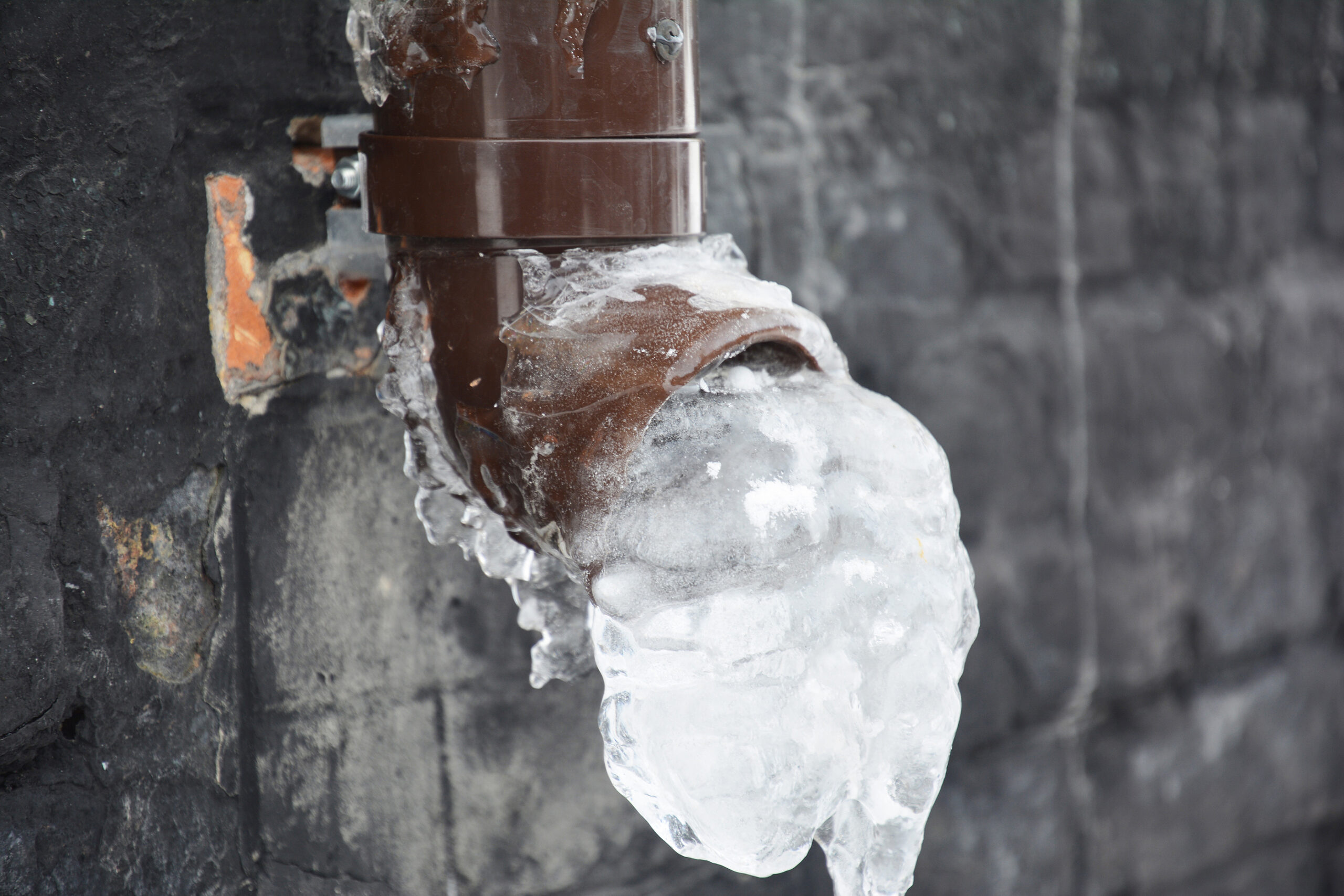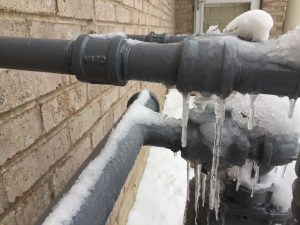Crucial Tips to Avoid Frozen Plumbing in Winter: Specialist Insights
Crucial Tips to Avoid Frozen Plumbing in Winter: Specialist Insights
Blog Article
Are you currently looking for information on Preventing and dealing with frozen pipes?

Winter can ruin your plumbing, especially by freezing pipelines. Right here's just how to prevent it from happening and what to do if it does.
Introduction
As temperature levels drop, the threat of frozen pipelines boosts, potentially leading to pricey fixings and water damages. Recognizing just how to stop icy pipelines is vital for home owners in cool climates.
Comprehending Frozen Pipes
What causes pipes to freeze?
Pipelines freeze when exposed to temperatures below 32 ° F (0 ° C) for expanded durations. As water inside the pipes freezes, it expands, putting pressure on the pipeline walls and potentially triggering them to break.
Risks and problems
Icy pipelines can result in water disturbances, home damages, and expensive fixings. Ruptured pipes can flood homes and cause considerable structural damage.
Signs of Frozen Piping
Determining frozen pipes early can avoid them from breaking.
How to identify icy pipelines
Try to find lowered water circulation from taps, unusual odors or noises from pipes, and visible frost on revealed pipes.
Avoidance Tips
Insulating vulnerable pipelines
Wrap pipelines in insulation sleeves or use warm tape to secure them from freezing temperatures. Focus on pipes in unheated or exterior areas of the home.
Heating strategies
Keep interior rooms appropriately heated, specifically areas with pipes. Open cupboard doors to enable cozy air to distribute around pipes under sinks.
Safeguarding Outdoor Pipes
Garden pipes and outside faucets
Separate and drain garden tubes before winter. Mount frost-proof faucets or cover exterior faucets with insulated caps.
What to Do If Your Pipes Freeze
Immediate activities to take
If you think icy pipes, keep faucets open to eliminate pressure as the ice melts. Utilize a hairdryer or towels soaked in hot water to thaw pipes slowly.
Long-Term Solutions
Architectural changes
Take into consideration rerouting pipelines far from outside wall surfaces or unheated areas. Include additional insulation to attic rooms, cellars, and crawl spaces.
Updating insulation
Purchase top quality insulation for pipes, attics, and walls. Appropriate insulation assists preserve constant temperature levels and decreases the danger of frozen pipes.
Final thought
Stopping frozen pipes calls for proactive procedures and fast responses. By understanding the causes, indications, and preventive measures, property owners can safeguard their pipes during winter.
5 Ways to Prevent Frozen Pipes
Drain Outdoor Faucets and Disconnect Hoses
First, close the shut-off valve that controls the flow of water in the pipe to your outdoor faucet. Then, head outside to disconnect and drain your hose and open the outdoor faucet to allow the water to completely drain out of the line. Turn off the faucet when done. Finally, head back to the shut-off valve and drain the remaining water inside the pipe into a bucket or container. Additionally, if you have a home irrigation system, you should consider hiring an expert to clear the system of water each year.
Insulate Pipes
One of the best and most cost-effective methods for preventing frozen water pipes is to wrap your pipes with insulation. This is especially important for areas in your home that aren’t exposed to heat, such as an attic. We suggest using foam sleeves, which can typically be found at your local hardware store.
Keep Heat Running at 65
Your pipes are located inside your walls, and the temperature there is much colder than the rest of the house. To prevent your pipes from freezing, The Insurance Information Institute suggests that you keep your home heated to at least 65 degrees, even when traveling. You may want to invest in smart devices that can keep an eye on the temperature in your home while you’re away.
Leave Water Dripping
Moving water — even a small trickle — can prevent ice from forming inside your pipes. When freezing temps are imminent, start a drip of water from all faucets that serve exposed pipes. Leaving a few faucets running will also help relieve pressure inside the pipes and help prevent a rupture if the water inside freezes.
Open Cupboard Doors
Warm your kitchen and bathroom pipes by opening cupboards and vanities. You should also leave your interior doors ajar to help warm air circulate evenly throughout your home.

I found that content on Winter Plumbing Precautions: Preventing Frozen Pipes while doing research the search engines. Don't hesitate to take a moment to distribute this article if you enjoyed reading it. I truly appreciate reading our article about Prevent Frozen Pipes .
Go Deal Now Report this page